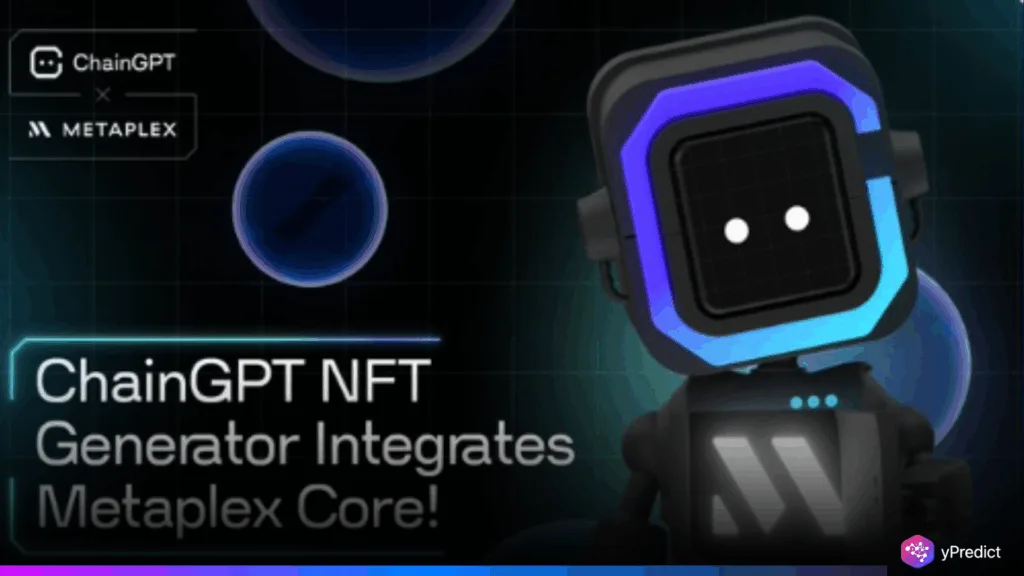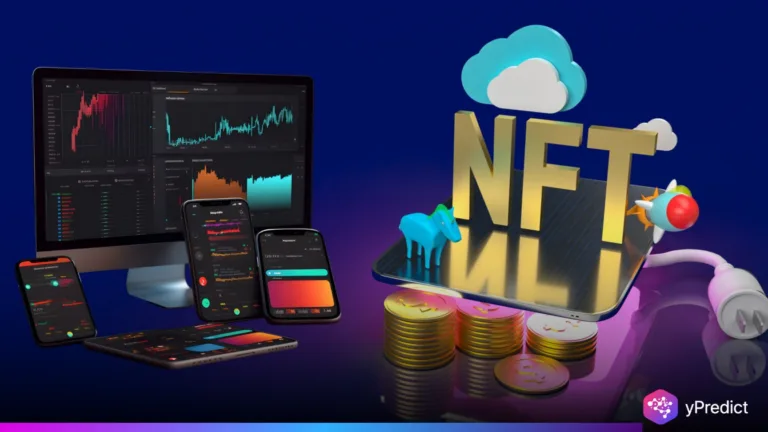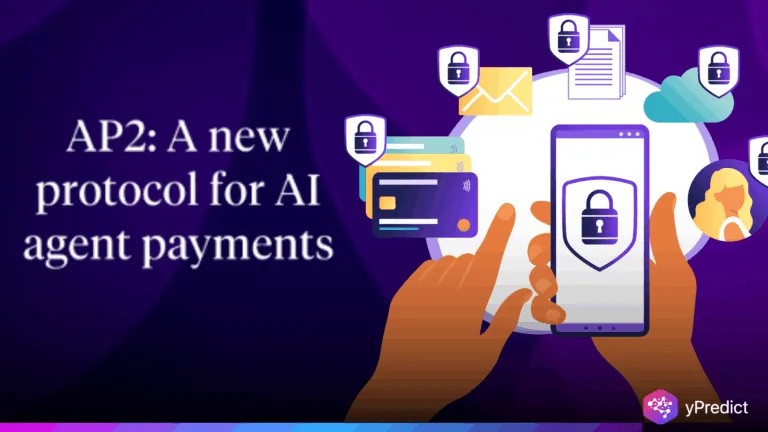
ChainGPT’s integration with Metaplex Core marks a breakthrough in AI-driven NFT creation. Announced on July 6, 2025, this collaboration enables users to mint up to 10,000 NFTs in minutes, without any coding skills. AI handles the art generation from simple text prompts, while Metaplex Core reduces minting costs by over 80%, making Solana-based NFTs more accessible. There are some trade-offs to this simplicity, however. The possibility of homogenization in AI-generated art exists, where recurring visuals can emerge because computer models that require comparable training data are trained to do so. What is more important is that AI systems may reinforce prejudice unintentionally, particularly when trained using biased data.
Inside the Tech: How ChainGPT and Metaplex Core Work Together
ChainGPT, a platform at the intersection of AI and blockchain, recently launched an upgraded AI NFT Generator integrated with Solana’s Metaplex Core. The tool lets users describe an image in plain language, e.g., “a dragon in space with neon wings,” and the AI creates and mints that artwork as an NFT. This is achieved using natural language processing models paired with image generation algorithms. Before this, minting NFTs often required developers or knowledge of smart contracts. But now, anyone can generate art and publish collections at scale.
Metaplex Core enhances this experience by minimizing transaction fees and complexity. On Solana, Core consolidates NFT metadata into one account, cutting costs from $4.25 to about $0.70 per NFT. It also supports rapid batch minting and future extensibility through plugins. These features, when paired with ChainGPT’s AI generator, remove technical and financial obstacles, key reasons many creators previously avoided NFTs.
ChainGPT, with more than 2.5 million transactions and tens of thousands of users, is experiencing maximum growth as part of an increasing need to have no-code AI-driven creation tools. There has been a huge response to the community, receiving the product positively on social media, emphasizing convenience and low prices. ChainGPT and Metaplex and together, are establishing a new benchmark in Web3 infrastructure-powered, large-scale production of NFTs using artificial intelligence.
Opportunities and Challenges in the New AI-NFT Economy
This integration signals a larger trend in Web3: the merging of AI and blockchain to lower barriers in digital creation. Artists are no longer obliged to possess strong technical expertise or costly minting activities. An artist can write a prompt, allow the AI to create the art, and post it on-chain, and in a few minutes, he or she creates a digital asset out of an idea. This can immensely increase the scope of participation and provoke a creative boom in digital art markets.
But this ease of performance has its costs. The resulting art produced by AI runs the danger of being homogenized, with various models operating upon similar data producing identical imagery. AI systems may cause bias without knowing, at least in cases when they are trained on skewed data. The issue of privacy comes up, too, and AI tools are dependent on user feedback and cloud computing.
Then there’s the question of value. Will collectors view AI-generated NFTs with the same prestige as hand-crafted art? Or will mass production dilute the perceived uniqueness of NFTs altogether? Still, the potential upside is enormous. Projects like ChainGPT are redefining accessibility in crypto art. If ethical challenges are managed, AI could help build a diverse, creator-led economy. Future iterations may include dynamic NFTs, responsive to user interaction or real-world data. Further blurring lines between code and creativity in the blockchain space.
Looking Ahead: A More Inclusive NFT Future
AI is reshaping the NFT landscape by removing technical roadblocks and slashing costs. ChainGPT’s integration with Metaplex Core demonstrates how scalable, no-code platforms can empower everyday users to create and sell digital assets. The ability to mint thousands of NFTs within minutes changes the scale at which artists and entrepreneurs can operate. Yet, the future depends on responsible deployment. Bias, originality, and artistic value will remain core challenges. If addressed thoughtfully, AI could lead NFTs into a more inclusive and innovative era, where creativity is defined by imagination, not technical skill. ChainGPT’s latest move is a strong step in that direction.






